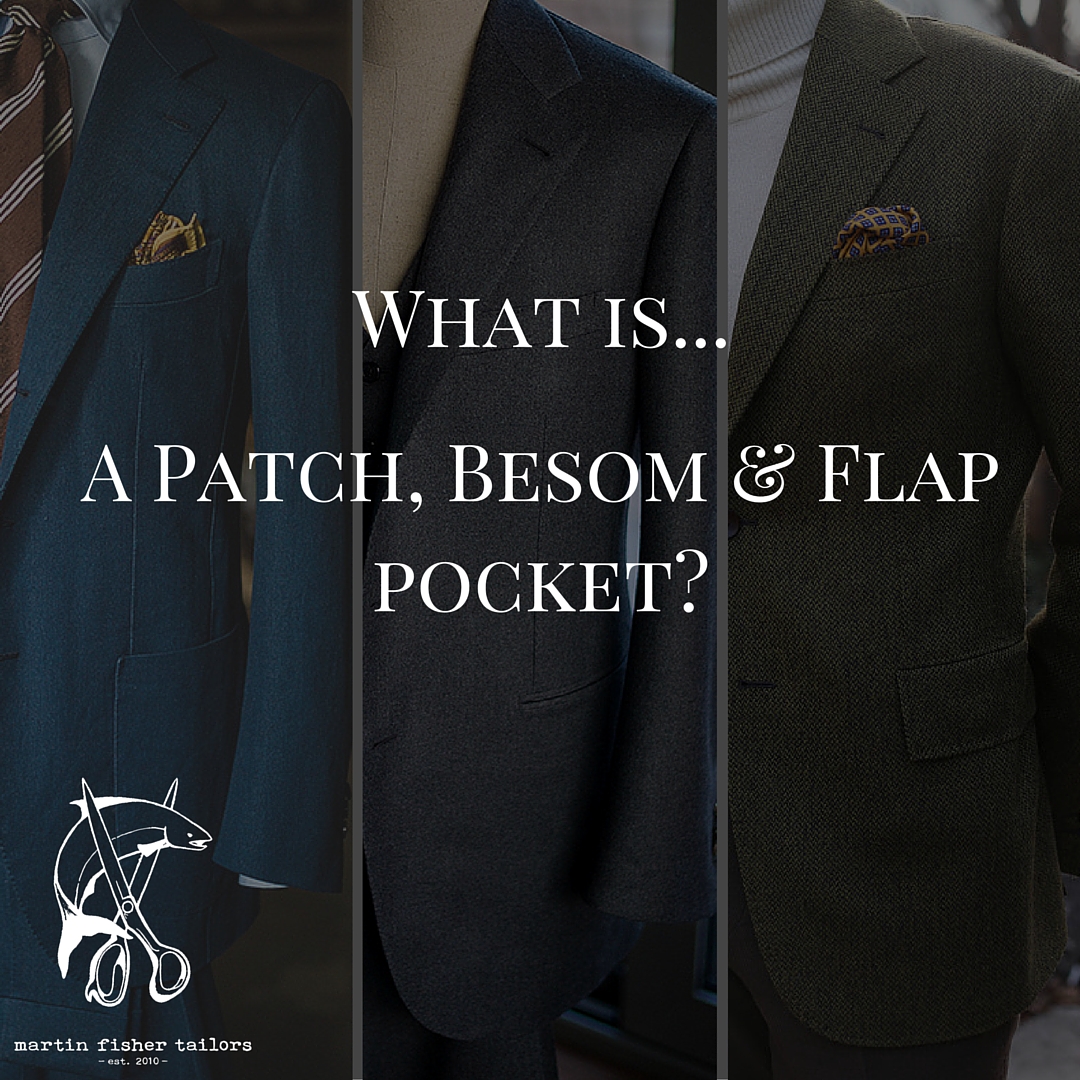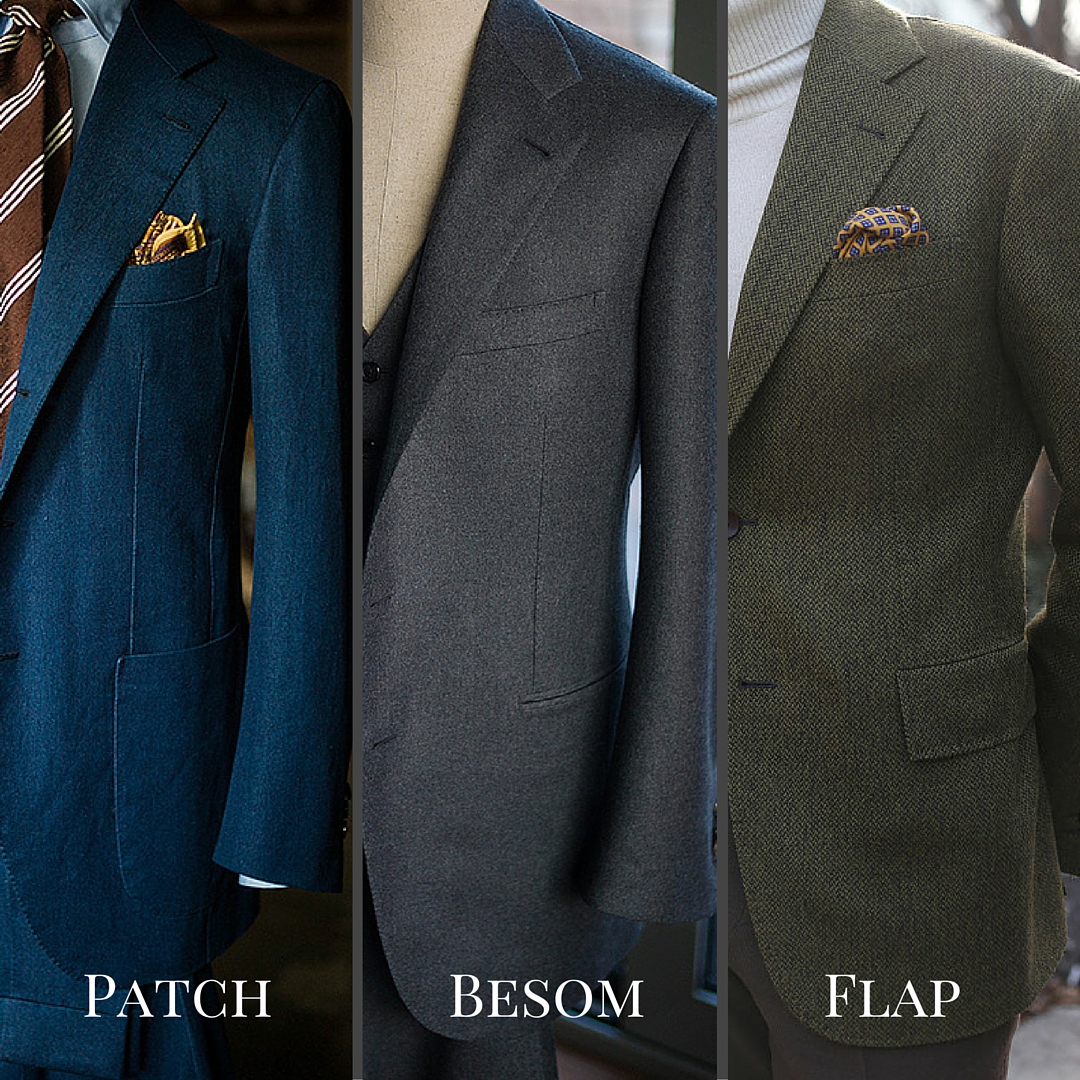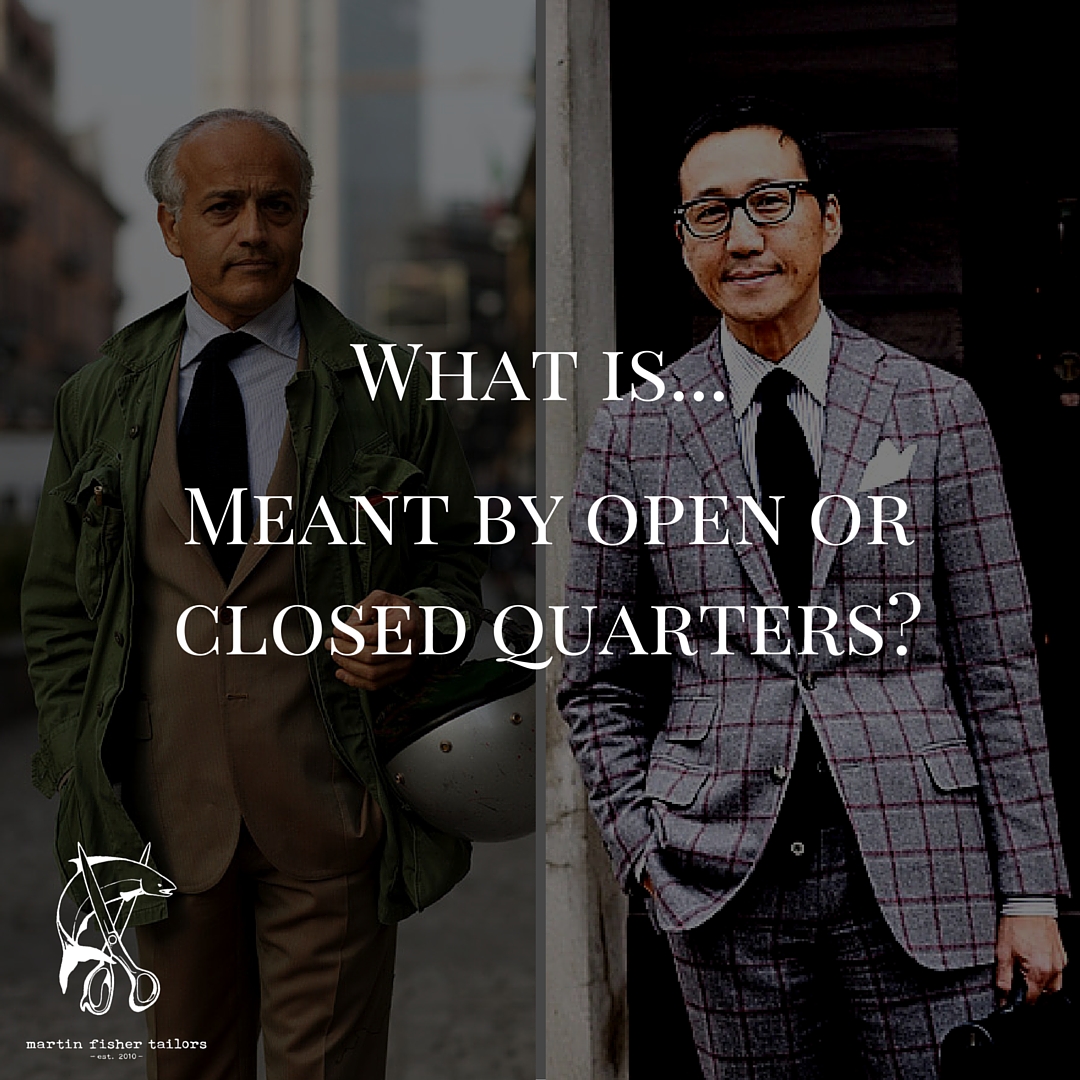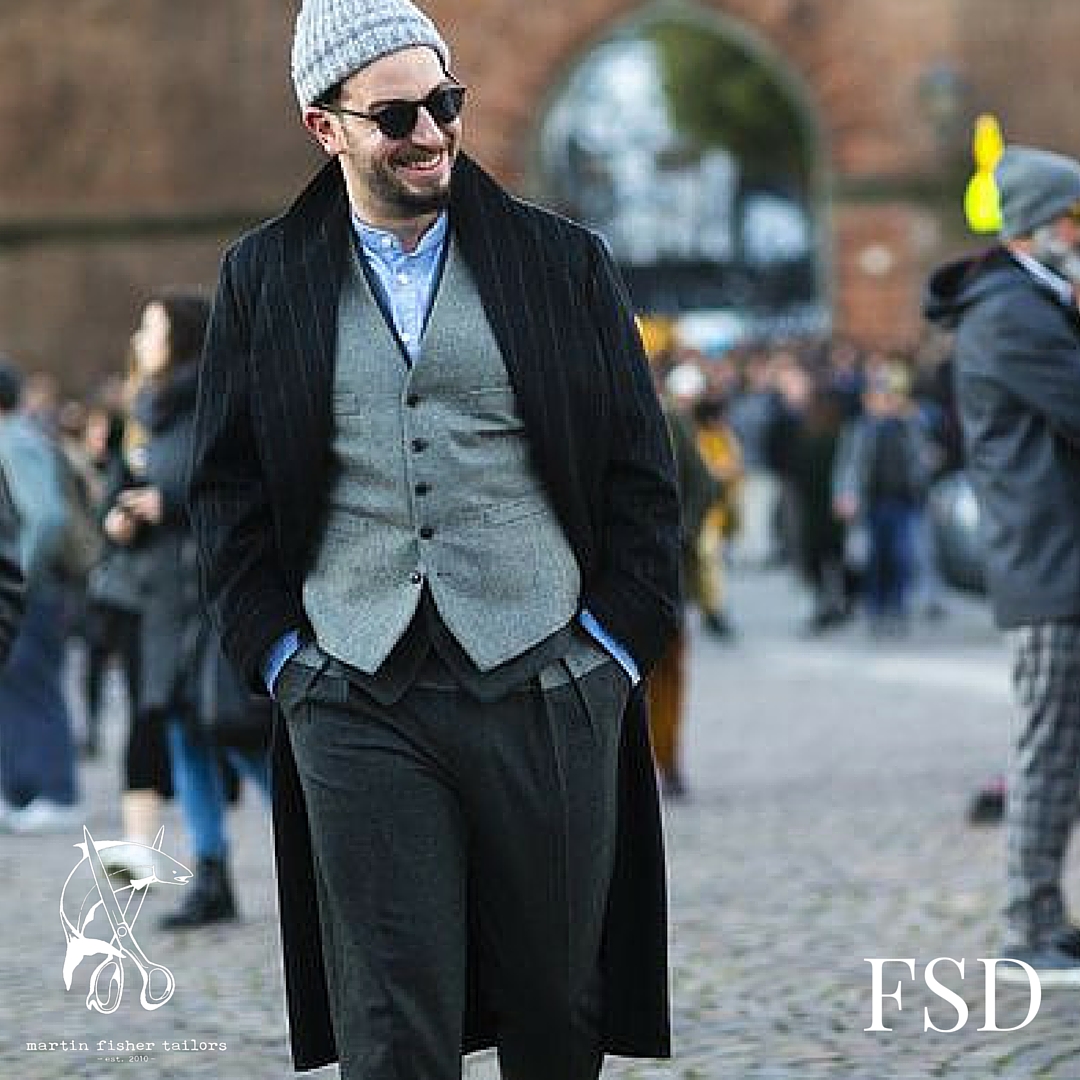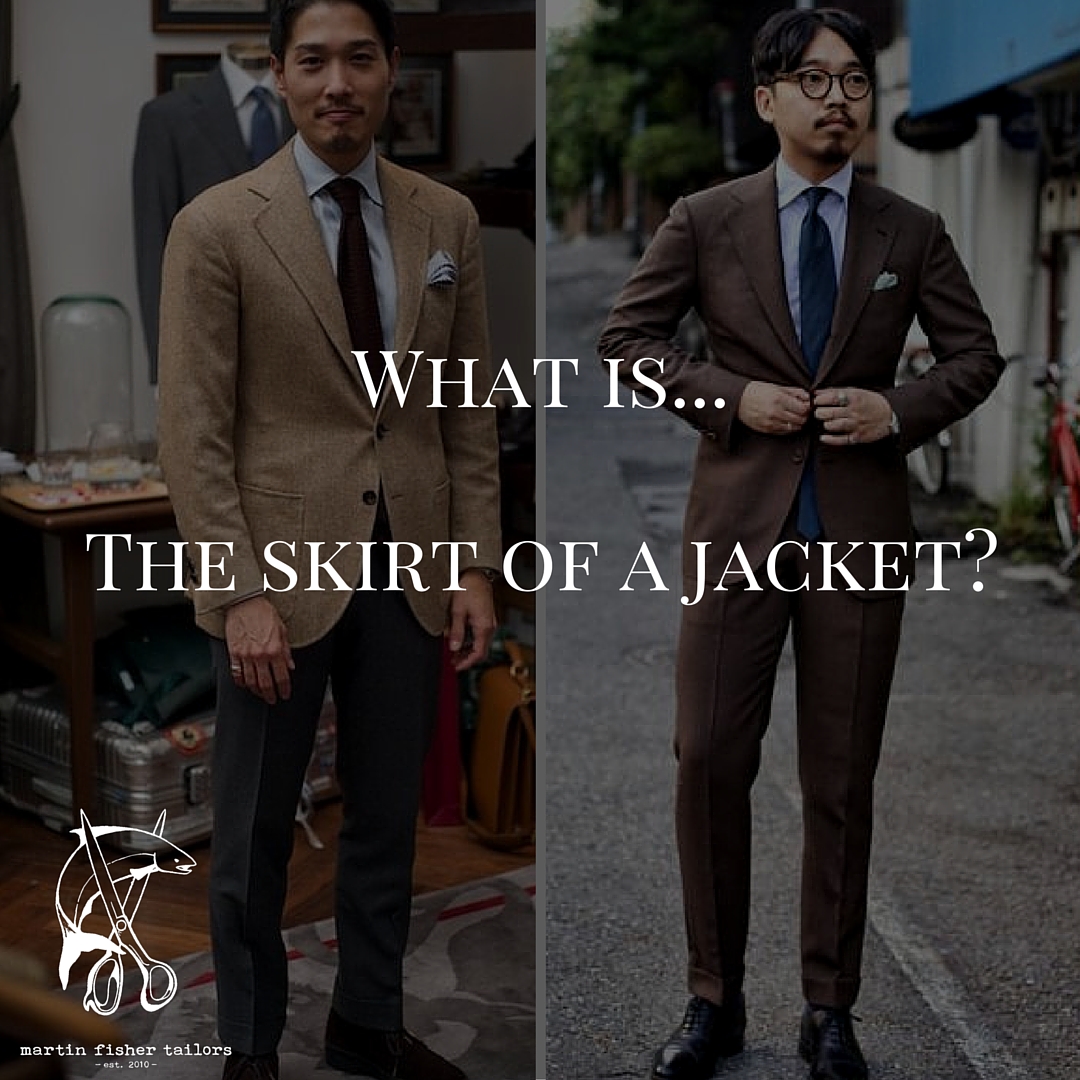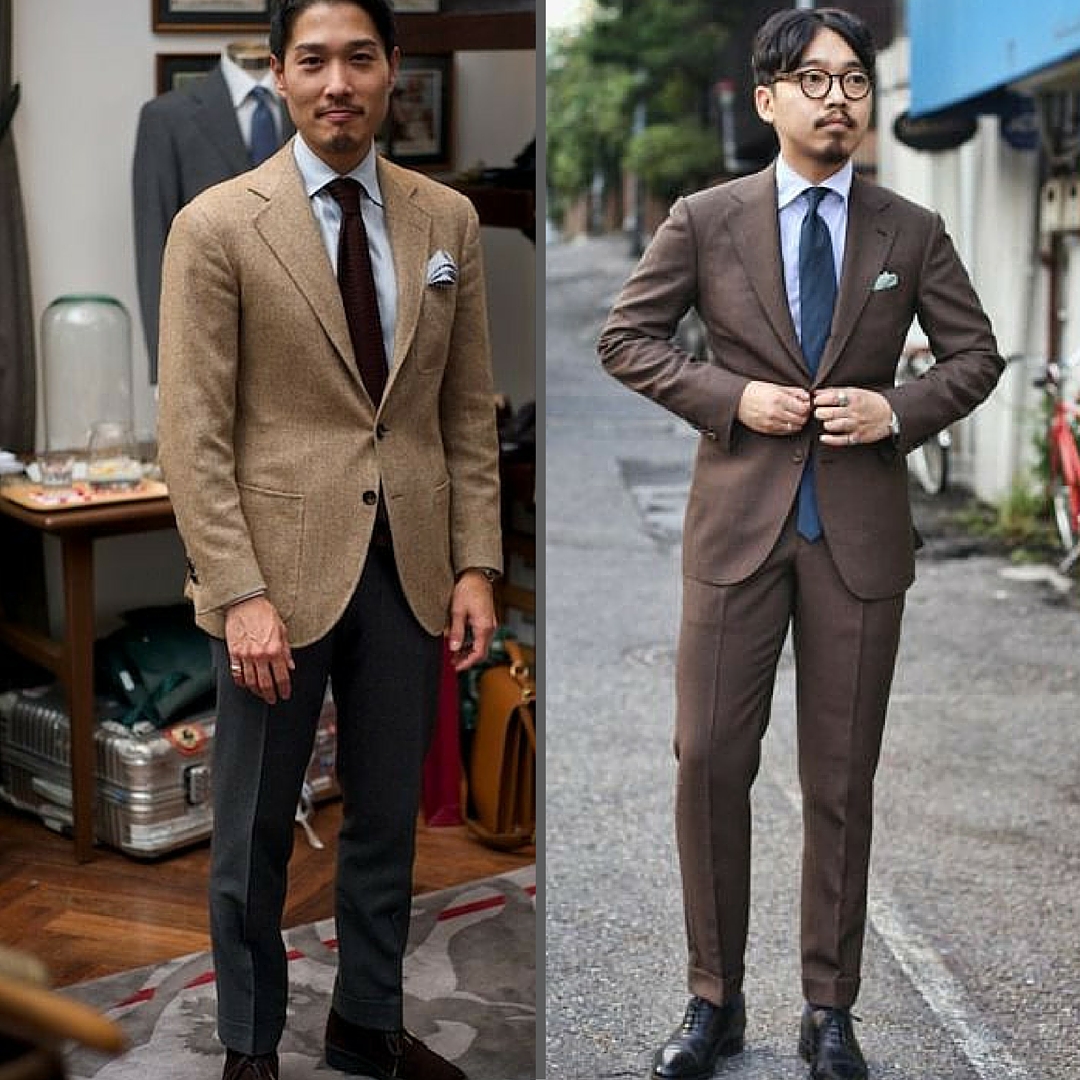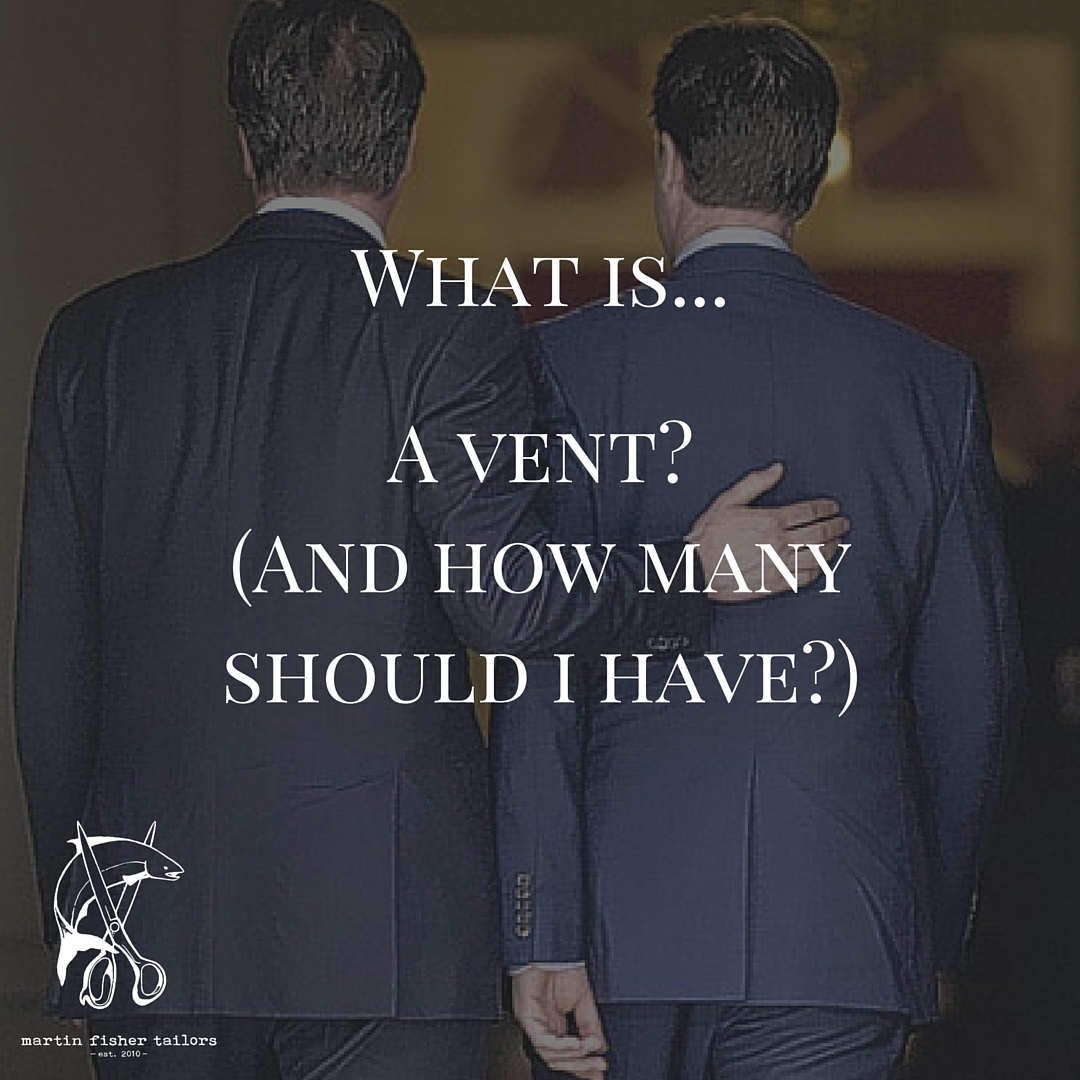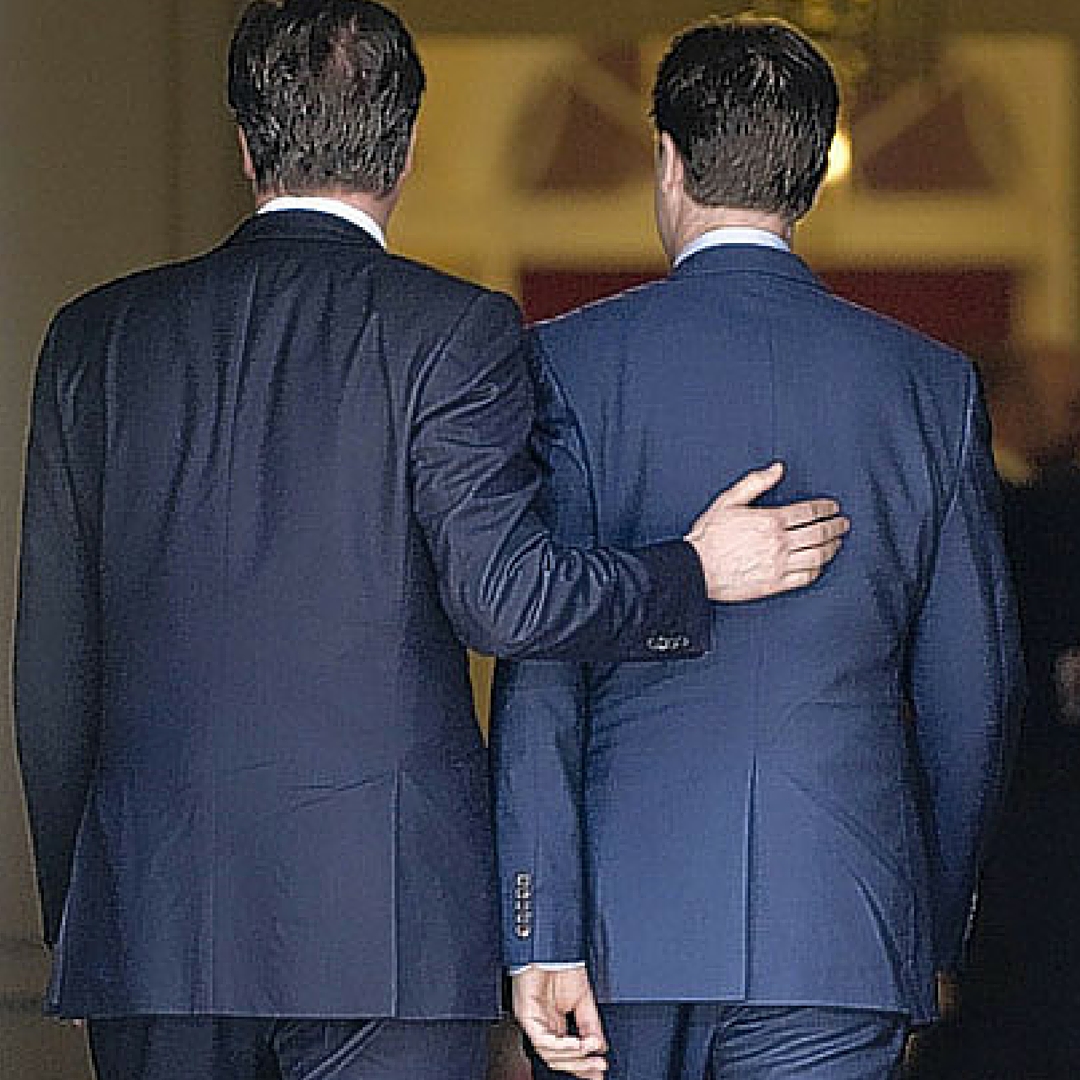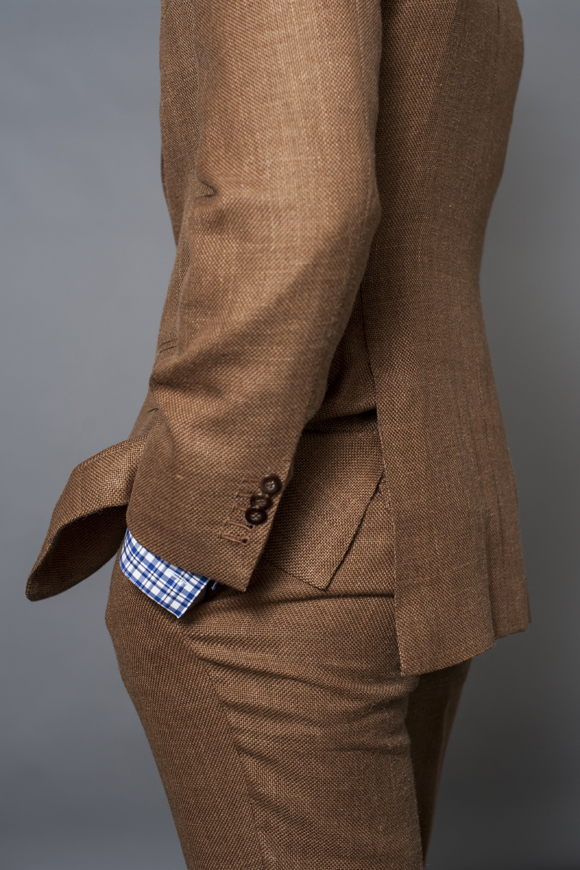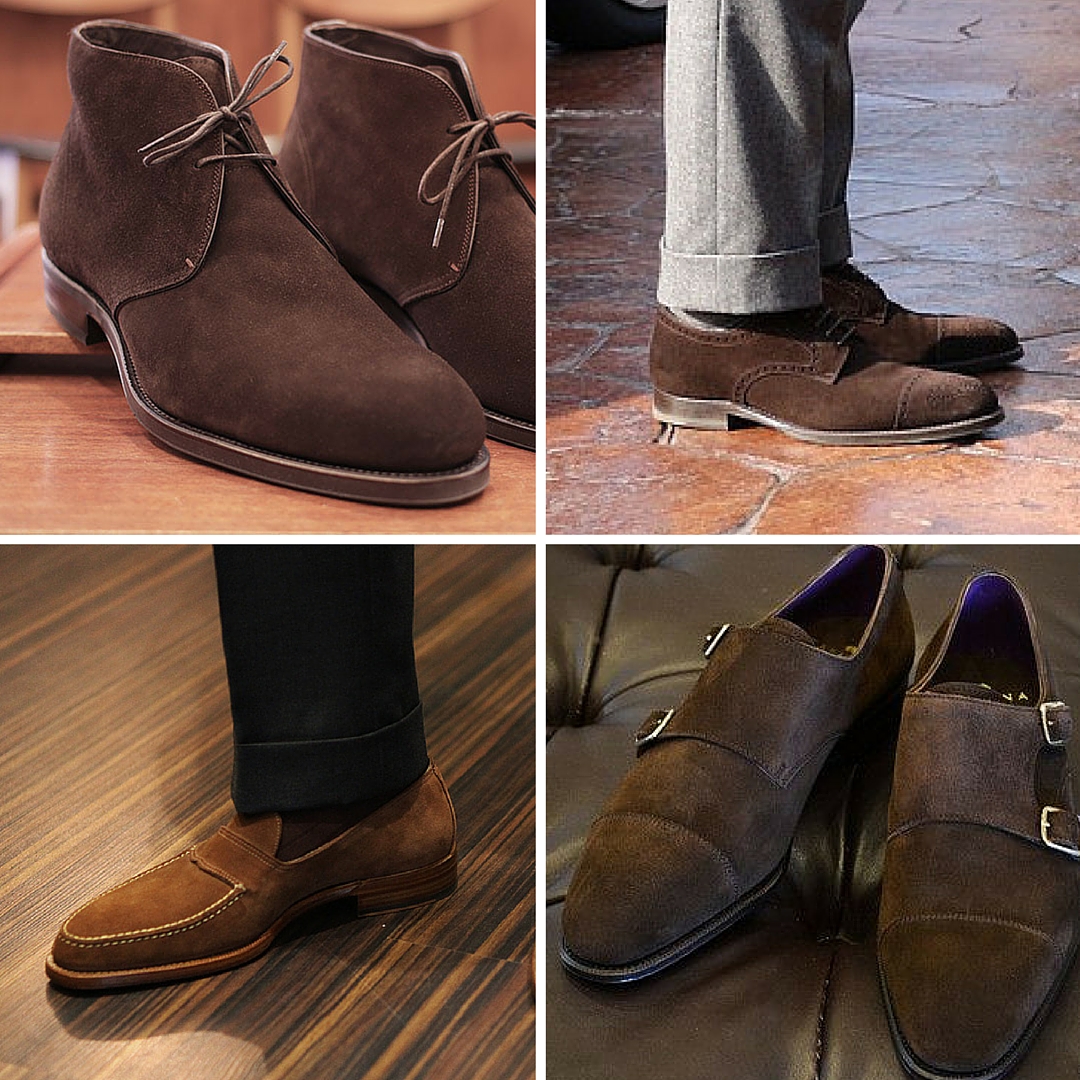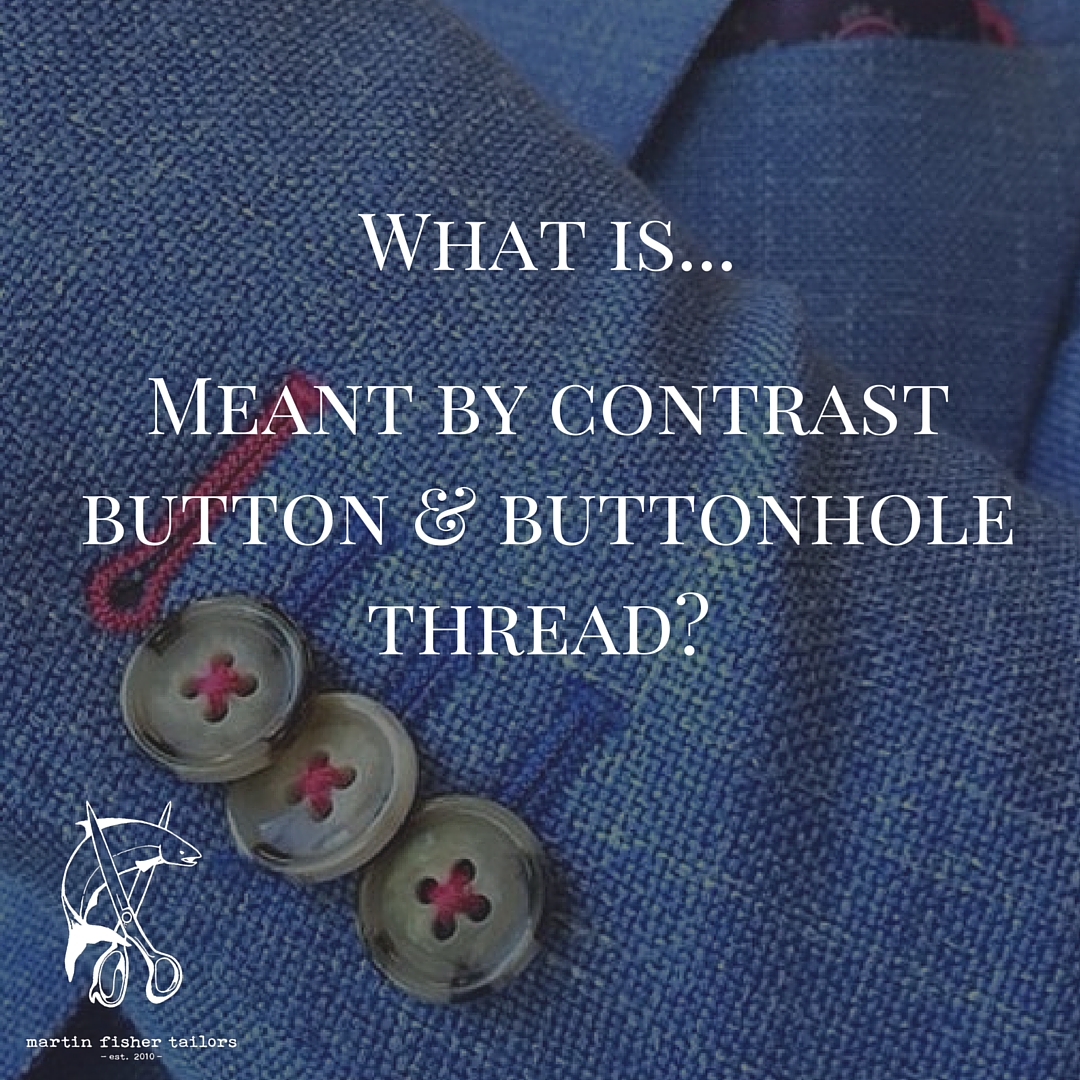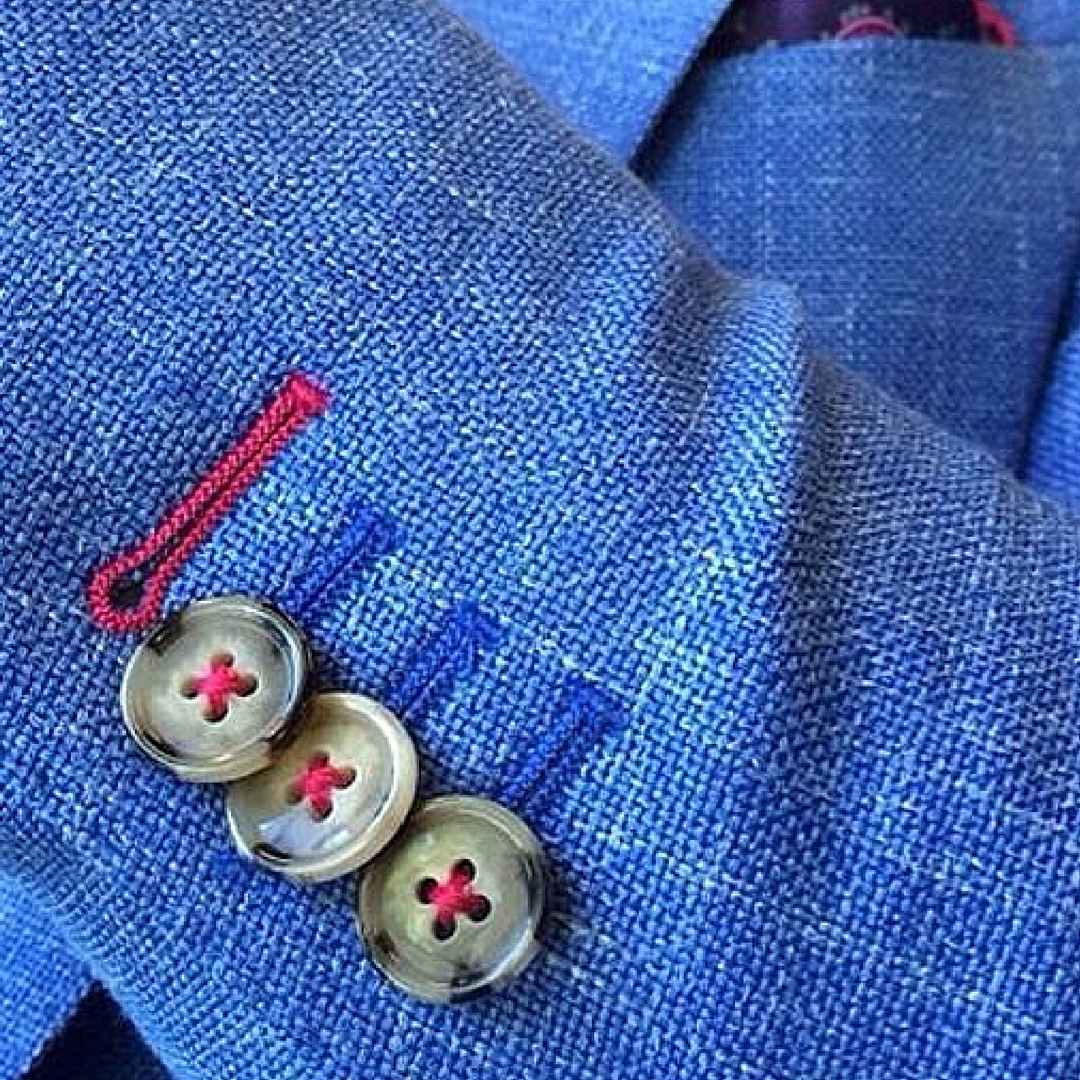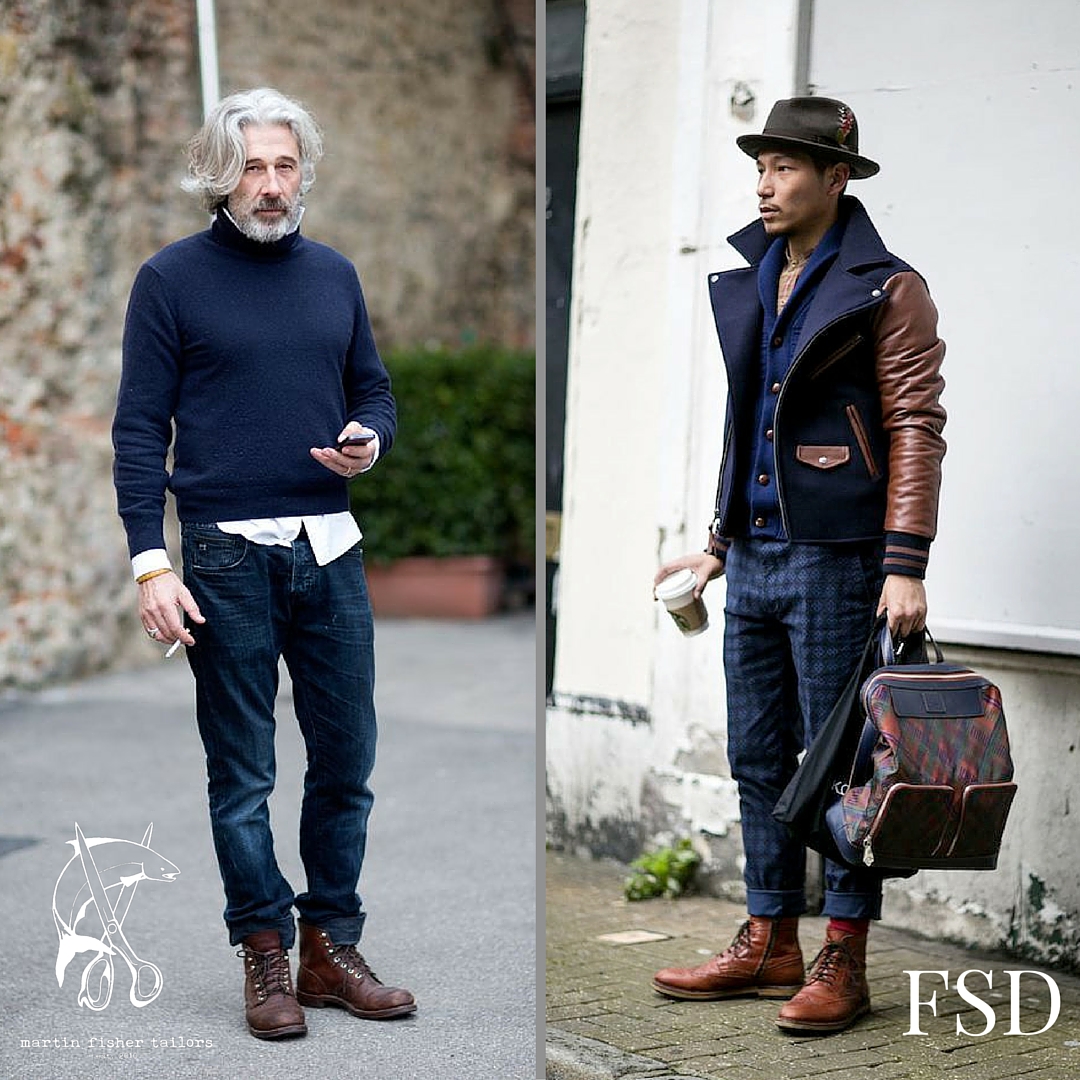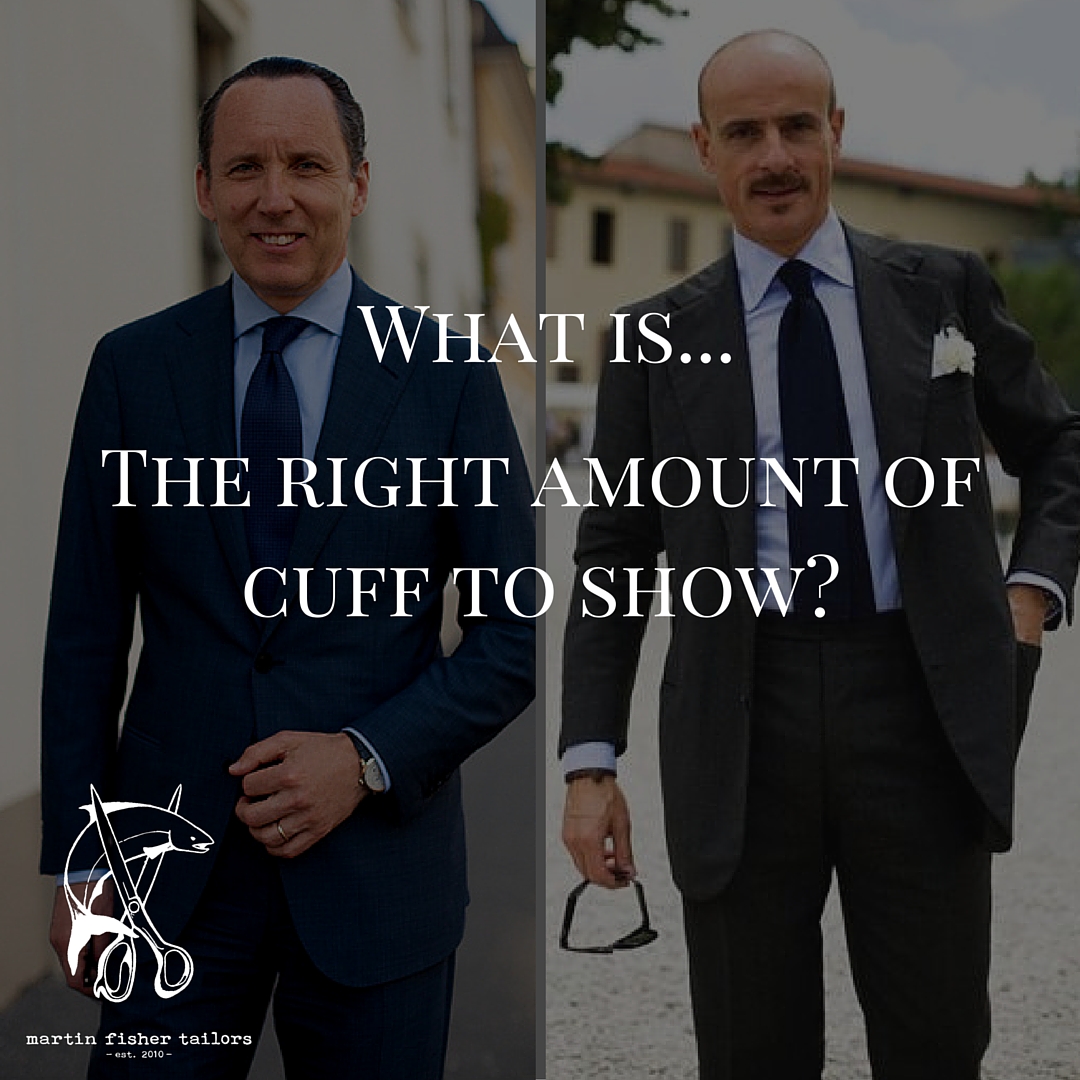First off welcome to the new year – I trust everyone had a great holiday season. If last week was more about finding our feet again; this week is about finding some rhythm and getting back in the groove. As such here are seven keys to get you in the right sartorial frame of mind for the upcoming year.
7 Sartorial Keys For 2016
1. Flannel
We’ve entered the heart of our winter and for the next two-and-a-bit months our sense of style has to be blended with practicality like at no other time of the year. Cue the flannel – it’s deep, rich texture makes it one of the most versatile out there as it transitions effortlessly from formal and casual environments as one can see from the two images below.
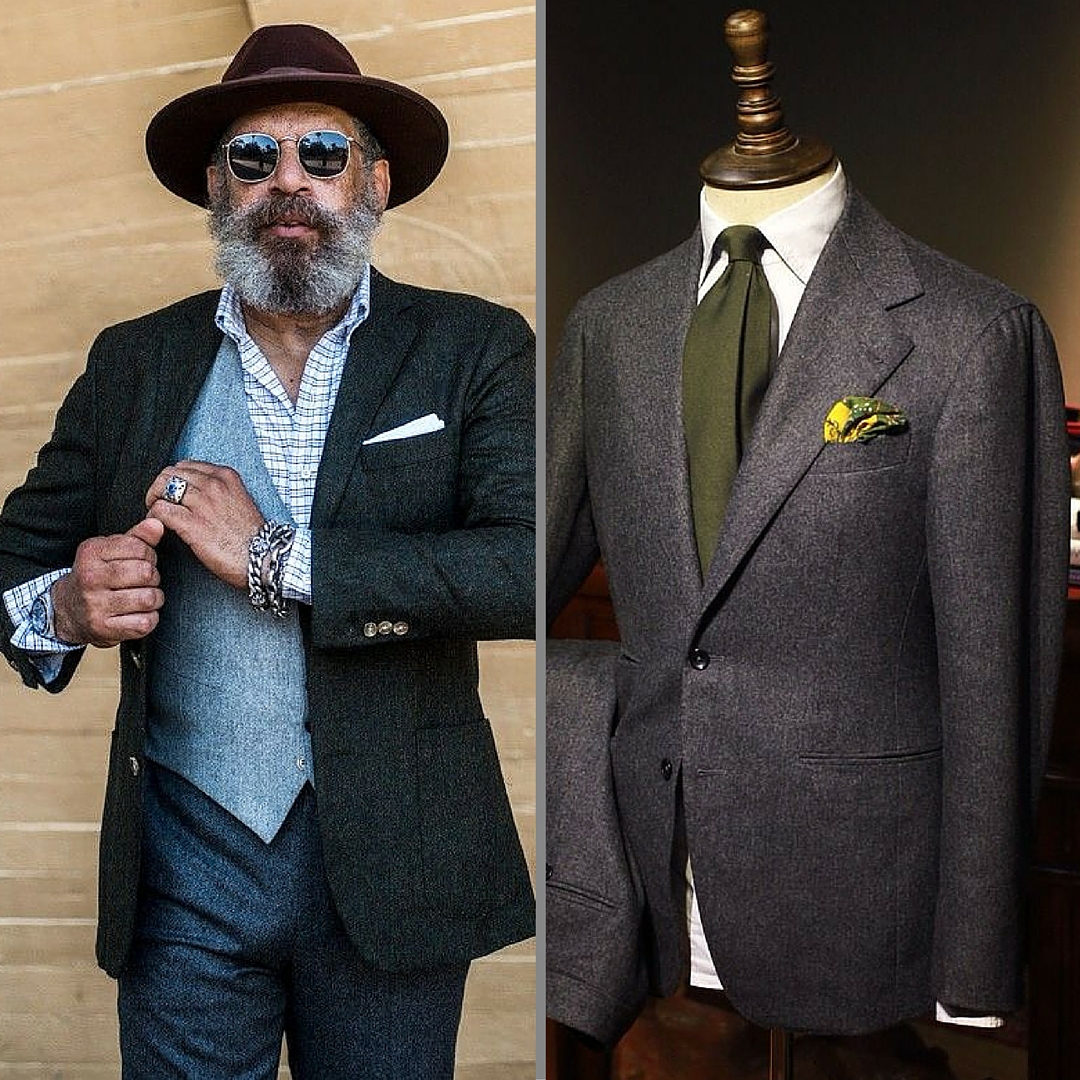
It also pairs beautifully with other cloths – from a formal smooth worsted wool, to brushed cotton all the way to a casual dark denim. Whether we’re talking an individual pant or a jacket or a suit than can be worn together or as a separate – nothing will get you through the winter like flannel.
2. The Wool Overcoat
Like I said above, practicality reigns supreme at this time of year and nothing maintains that balance quite like the wool overcoat. From a style perspective there are very few pieces that are as versatile as the wool overcoat; equally effective complimenting a suit or formal wear as it is elevating a more casual weekend look. And if the weather is bad enough that it’s performance that you’re looking for we’ve still got you covered. Enter the Loro Piana Storm System – where arguably the worlds best mill takes their 100% pure wool overcoat cloth and attaches a double barrier membrane that is resistant to water, windproof and allows the skin to breathe.
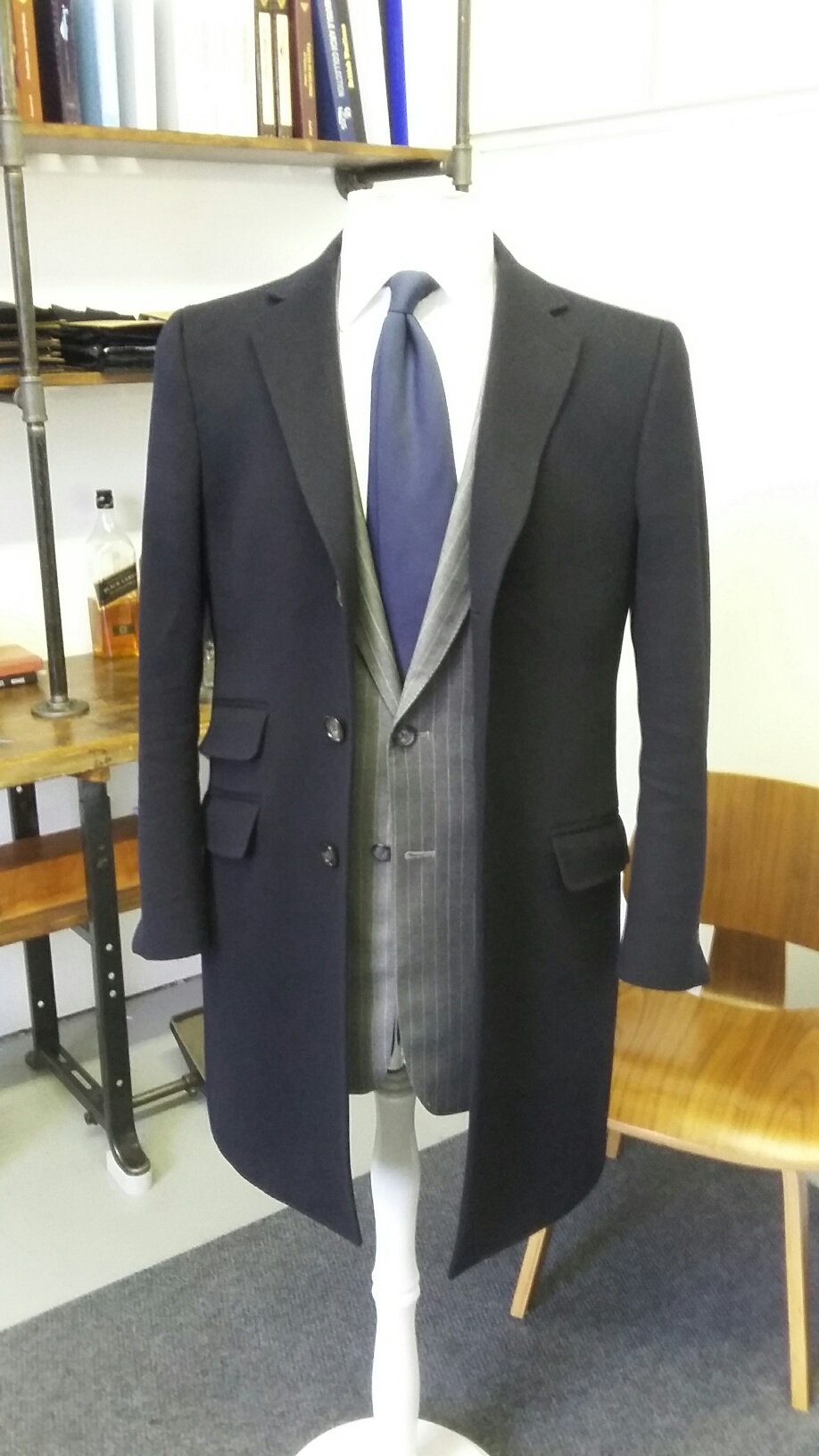
Most importantly the cloth maintains its distinctive softness while achieving a level of practicality that is the perfect synthesis of style and function. If you’re interested I have swatches for you to get a sense of the cloth – the cost is $995 and the turn around is roughly three weeks right now thus you still have time!
3. Unstructured Jackets
This trend is not going away in 2016 – and for good reason as the comfort and softness of an unstructured jacket is undeniable. The idea behind them is to make a jacket that fits closer to a sweater or shirt in terms of how the feel on the body.

What is up for debate though is for who and when are they most appropriate. I’ll start by saying that well built guys with a natural roundedness in the shoulders are always able to wear unstructured – be it in a formal suit jacket or something more casual. The body fills the jacket out and it presents a very clean and shapely silhouette. Things get more complicated for guys with less muscle; their boniness makes wearing an unstructured jacket formally very difficult as it doesn’t present as clean an appearance. In this case it is perfect for the summer months where the lightness and breathability are more important and a less crisp silhouette is expected. What is on for everyone is the thicker cloths of winter – especially the flannel we touched upon above. The heavier, bulkier cloths give an added level of structure that create a clean, crisp silhouette regardless of your shape. They’re perfect for layering over sweaters and the fact they’re half lined means you’ll never get too hot. Commit to getting on this for 2016 as it’s the new normal as opposed to a trend that will soon dissipate.
4. Loosen the Legs a Touch
For those of you who regularly read the journal I spoke about this topic earlier this year; I refer to it as relaxed trim and it seems to be gaining some momentum as we move into 2016. Specifically in this case I’m talking about pants – in the spring/summer fashion shows that just passed we saw a lot of designers promoting a much looser fit in the pant leg. Fashion always tries to push things too far thus I recommend bringing in the concept by loosening certain areas strategically. A softer look in the seat, mid section and thigh area is what you want to be thinking about while still having a gentle taper to the bottom – in the end a simple mimicking of the bodies natural shape. Here are two perfect examples:
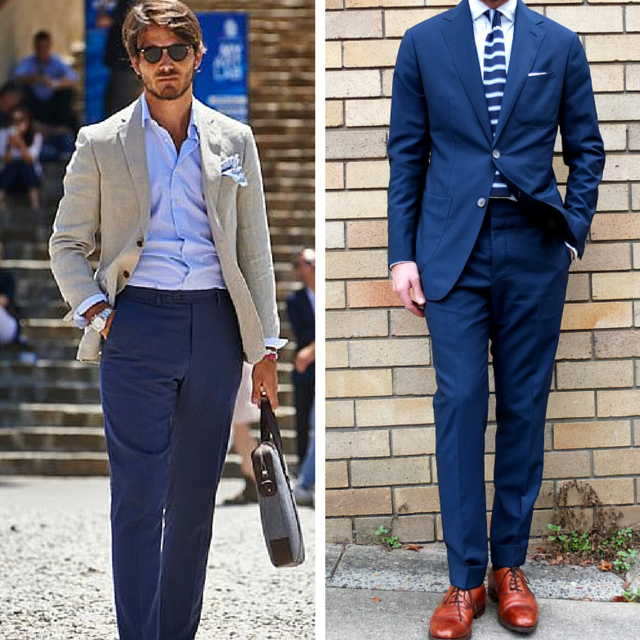
In this case we’re still looking at 14-16″ openings at the bottom; we’ll see how the 16-18″ openings that we saw on the runway catch on and assess again as we head into summer. My thought is it won’t catch on and relaxed trim will hold court for the next few seasons.
5. Tone On Tone
Simplicity always works. Tonal took off in 2015 and as it makes so much sense it’s going to stick around for hopefully many years to come. Pairing different shades of the same color is a very simple way to keep things unified though visually interesting. A way to add another dimension to this; play with different textures. And if you want to take it one step further don’t be afraid to add in some pattern as well. Play with the possibilities – keep in mind that is can never really go that wrong as you’re always in the same color family.
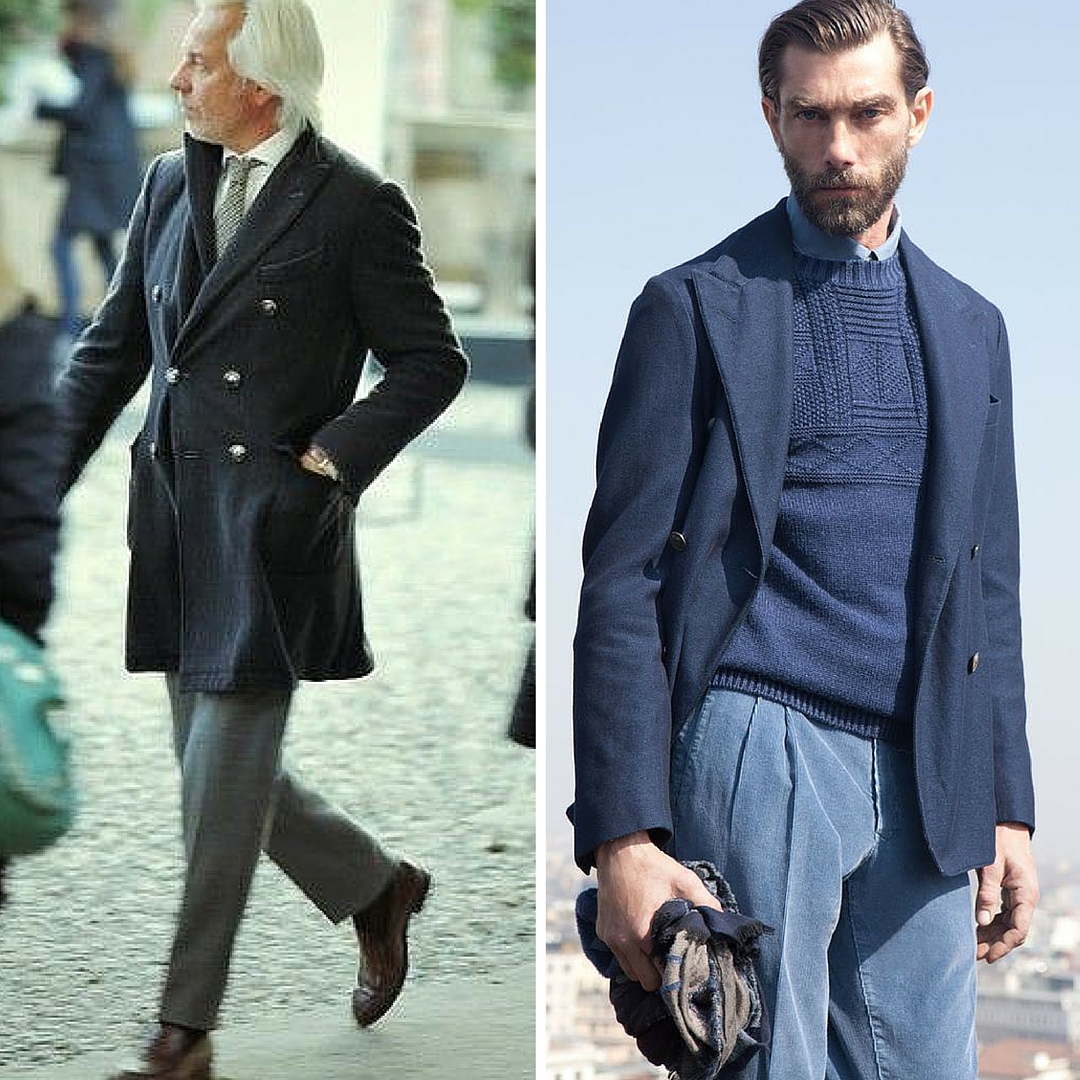
6. The Cuban-Inspired Convertible Shirt Collar
This look started to gain a bit of traction last summer within specific groups in the tailoring community. As tailoring and traditional menswear in general has gained a lot of momentum over the last few years these fringe communities are now being tapped by designers as the next influencers. With that in mind I’m predicting the 1950’s Cubano look with the convertible collar to take off. The key is to avoid the traditional boxy look and instead stay with a clean trim silhouette.
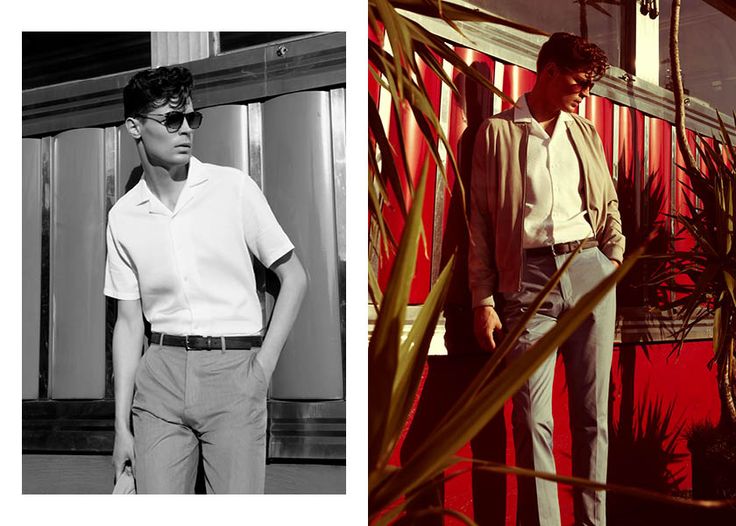
7. Getting Fit in 2016?
With the turn of the new year most of us inevitably have some new fitness goals in place. As we approach the two week mark hopefully you’re keeping your focus and not long from now you’ll really be able to start to see the difference. With you working so hard to get fit – so should your clothes. Too often I see guys who put in all the hard work only to wear clothes that visually adds back the 10 pounds you worked hard to shed. Don’t let that be the case – wardrobe re-shaping and alterations services are available; let us take your existing clothes and work them back into shape just like you’ve done. Don’t hesitate to give email or give me a ring to discuss the possibilities.
As always please don’t hesitate to get in touch if you have any questions or comments. Better yet book a free appointment and we can banter in person and see if we might be a good fit to work together.
Take care – Michael
info@martinfishertailors.com
